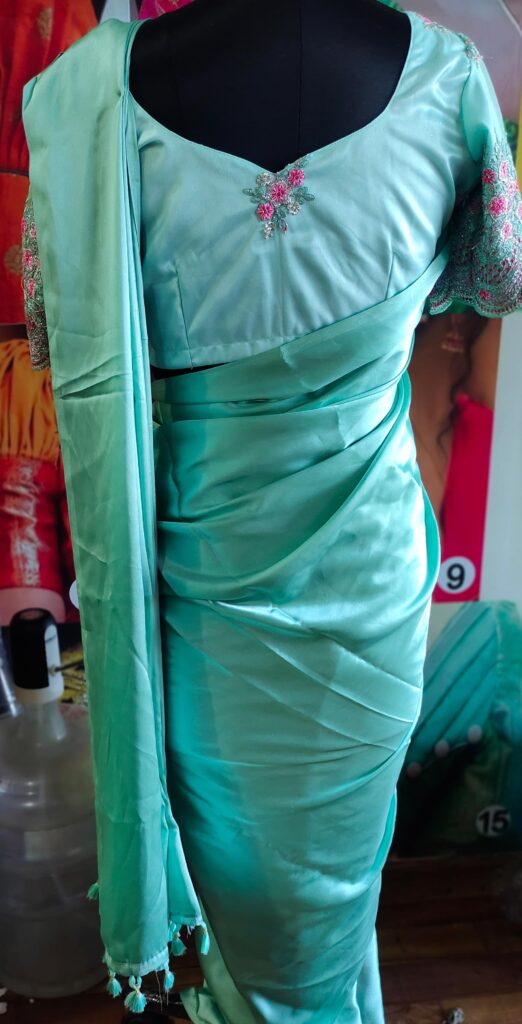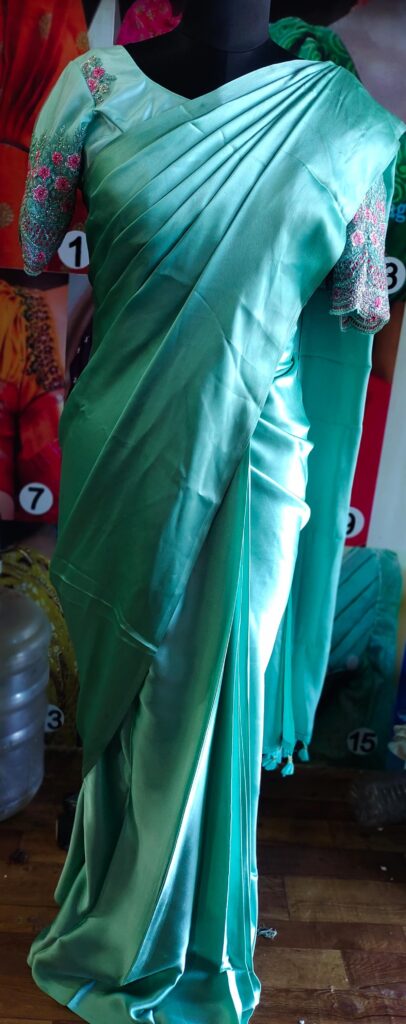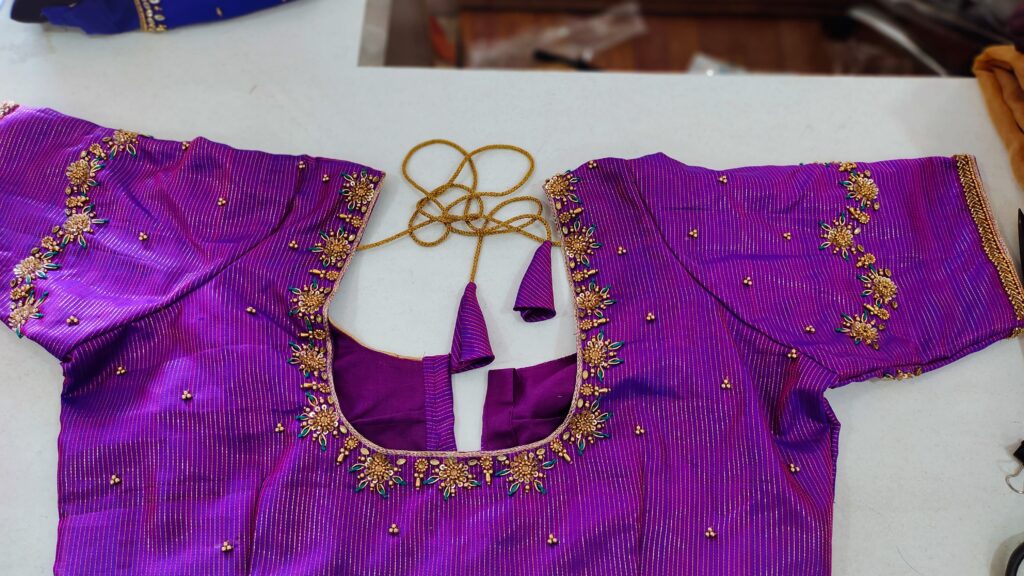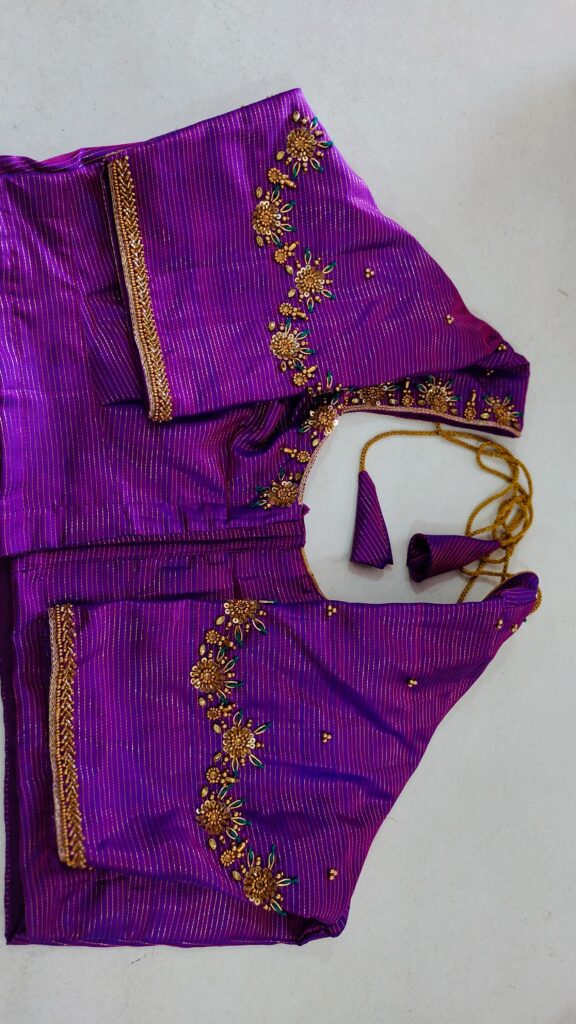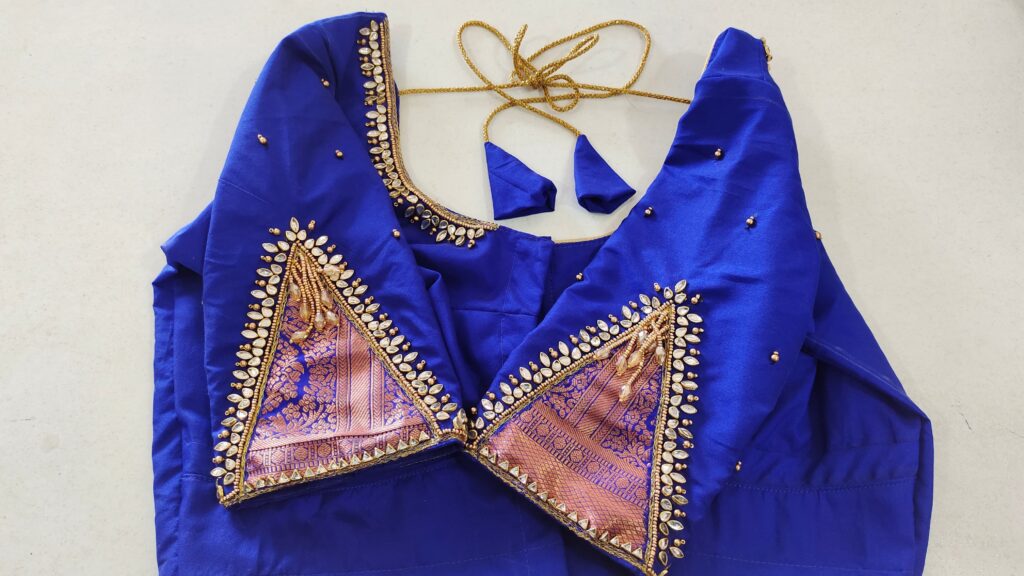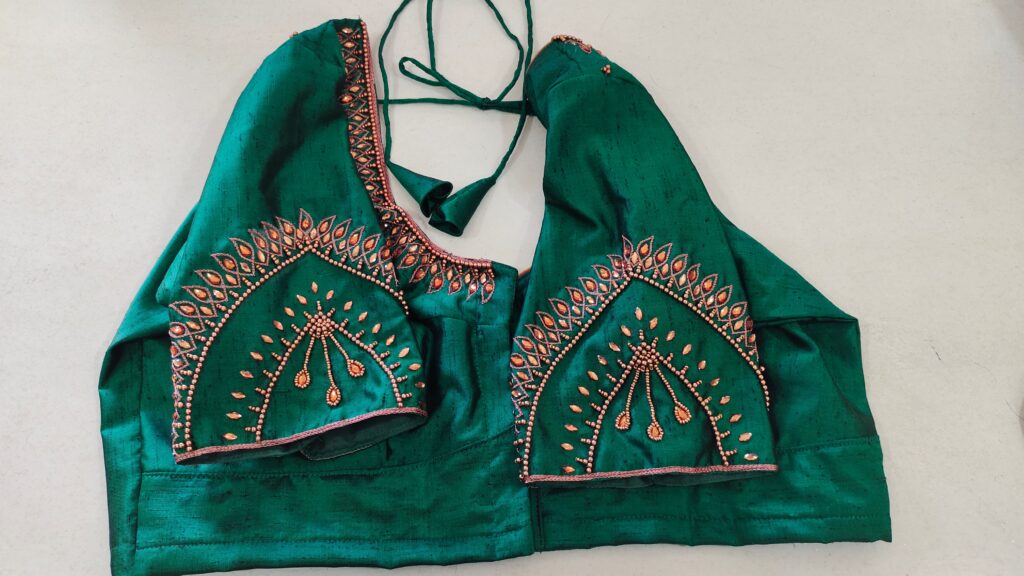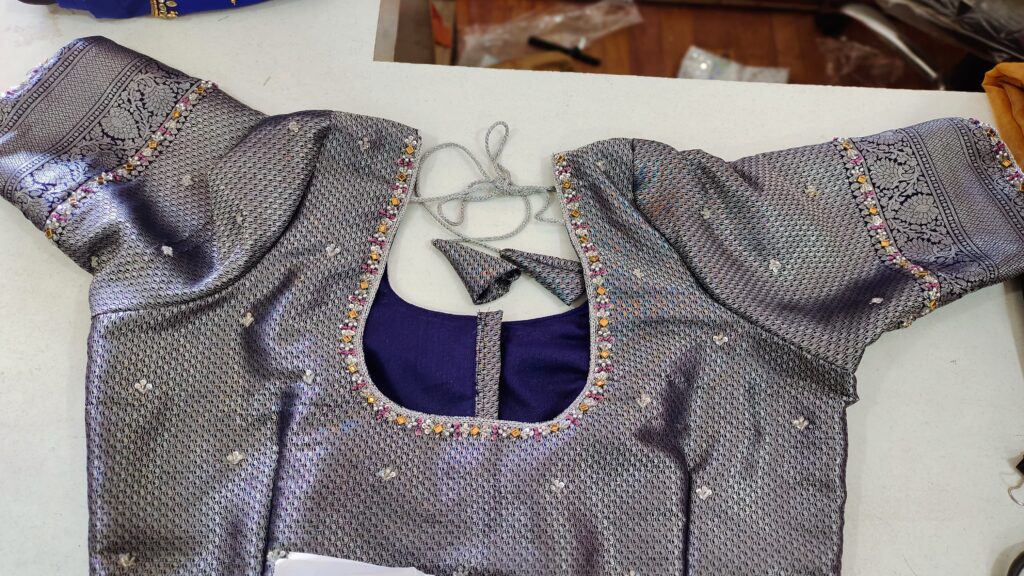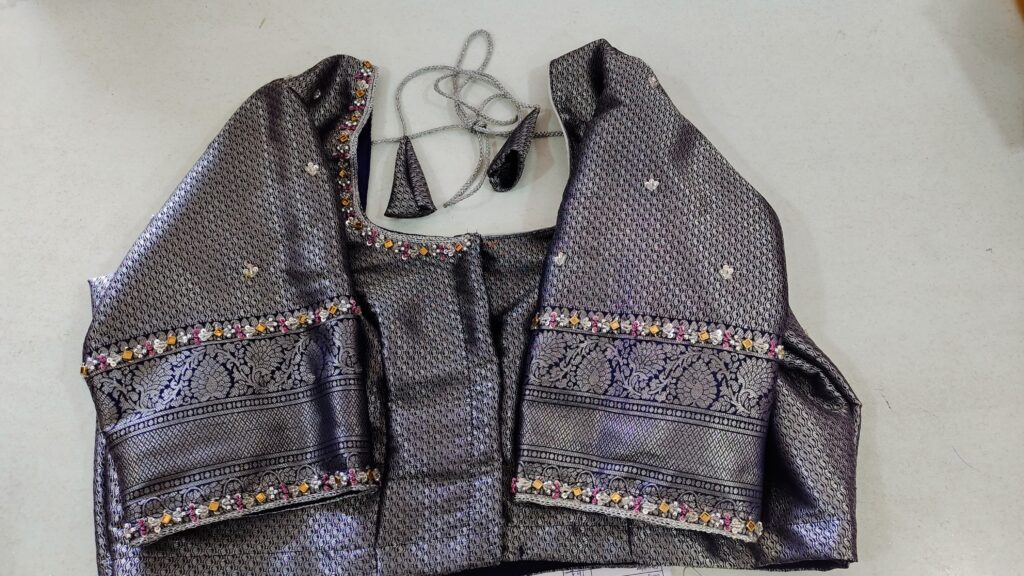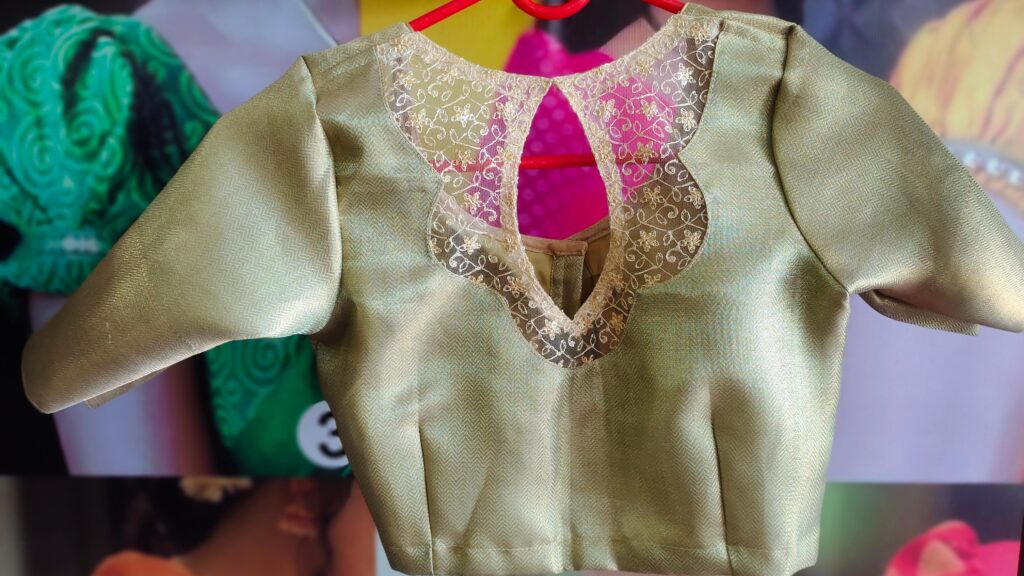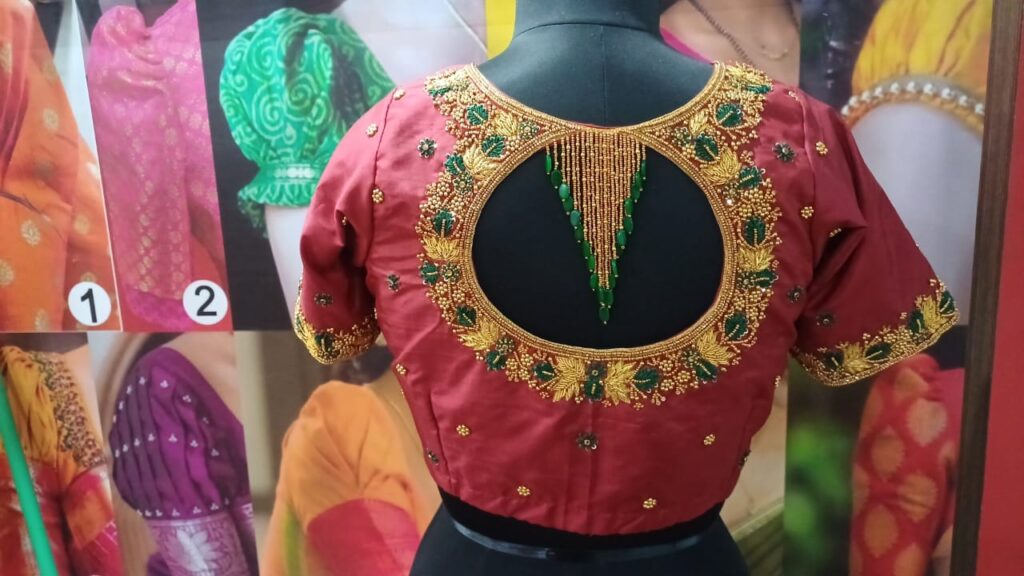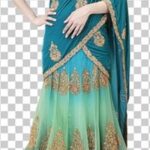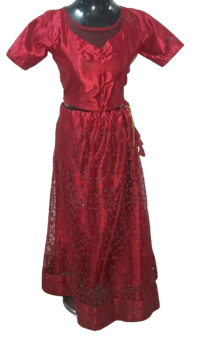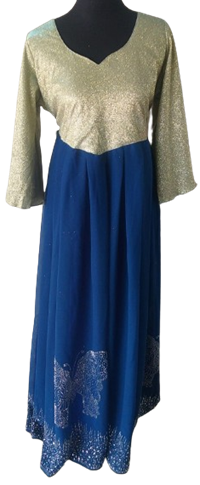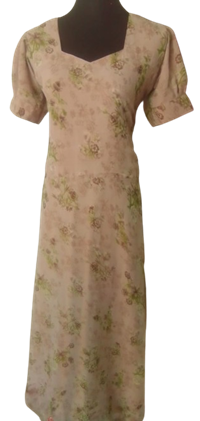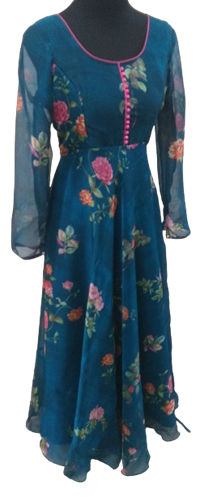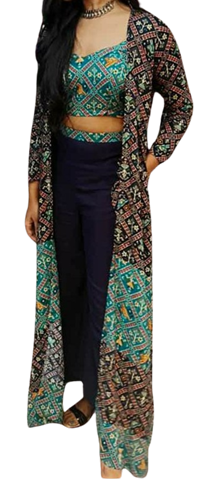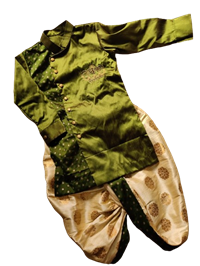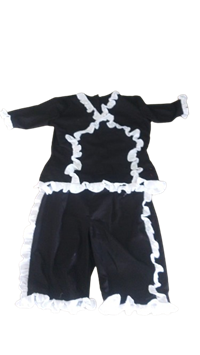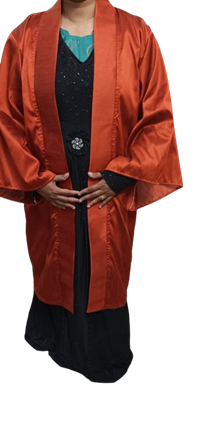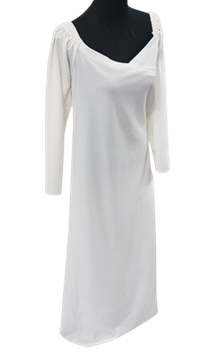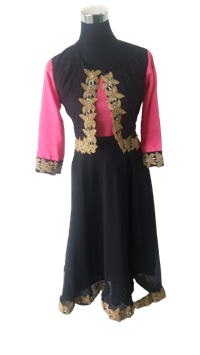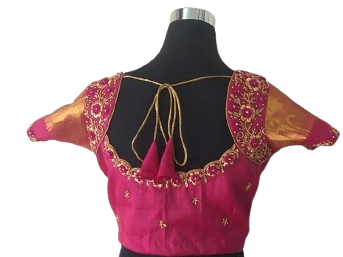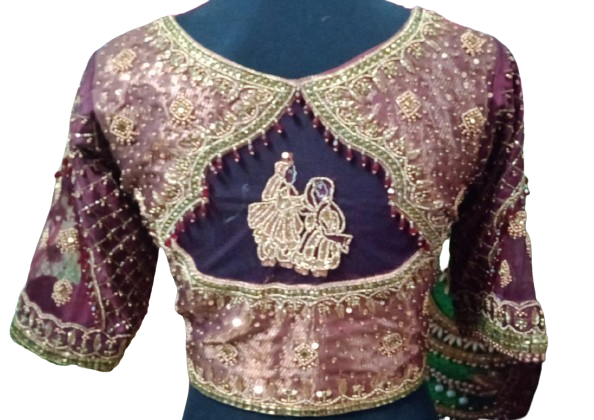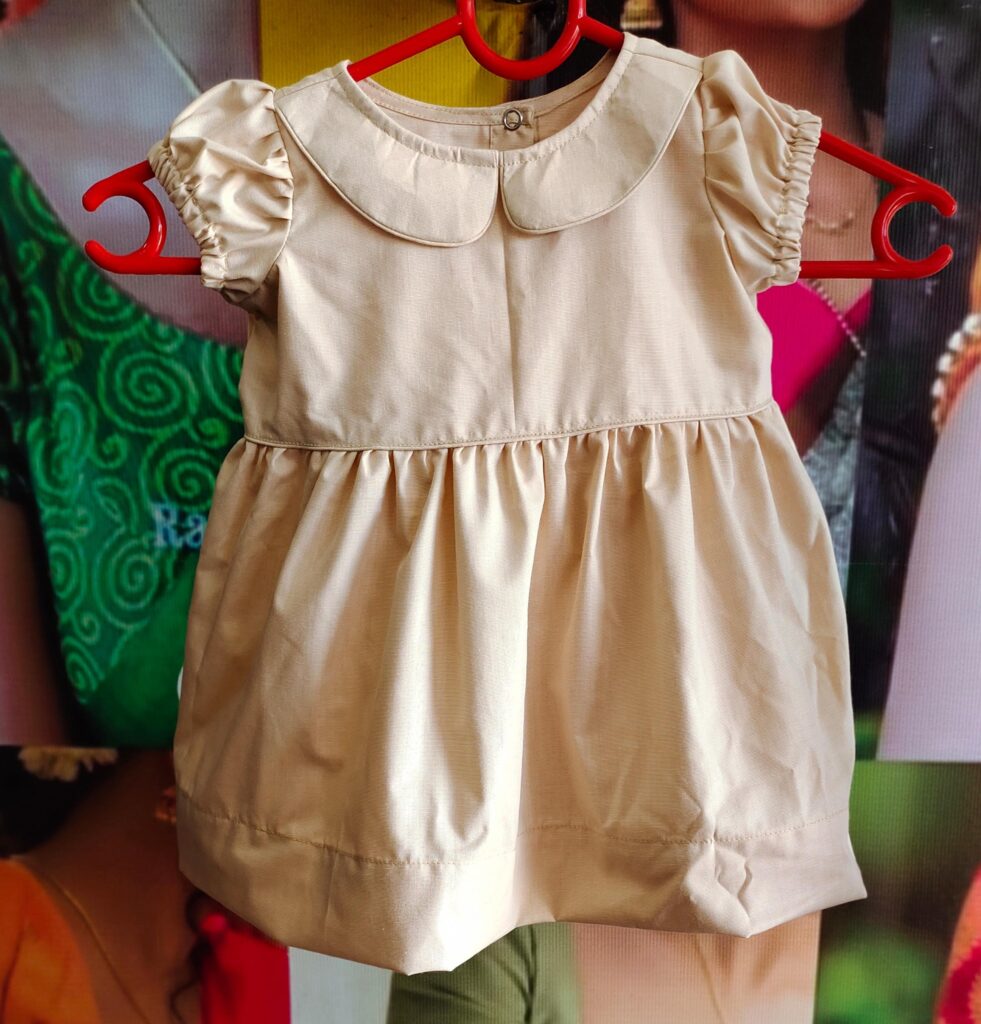

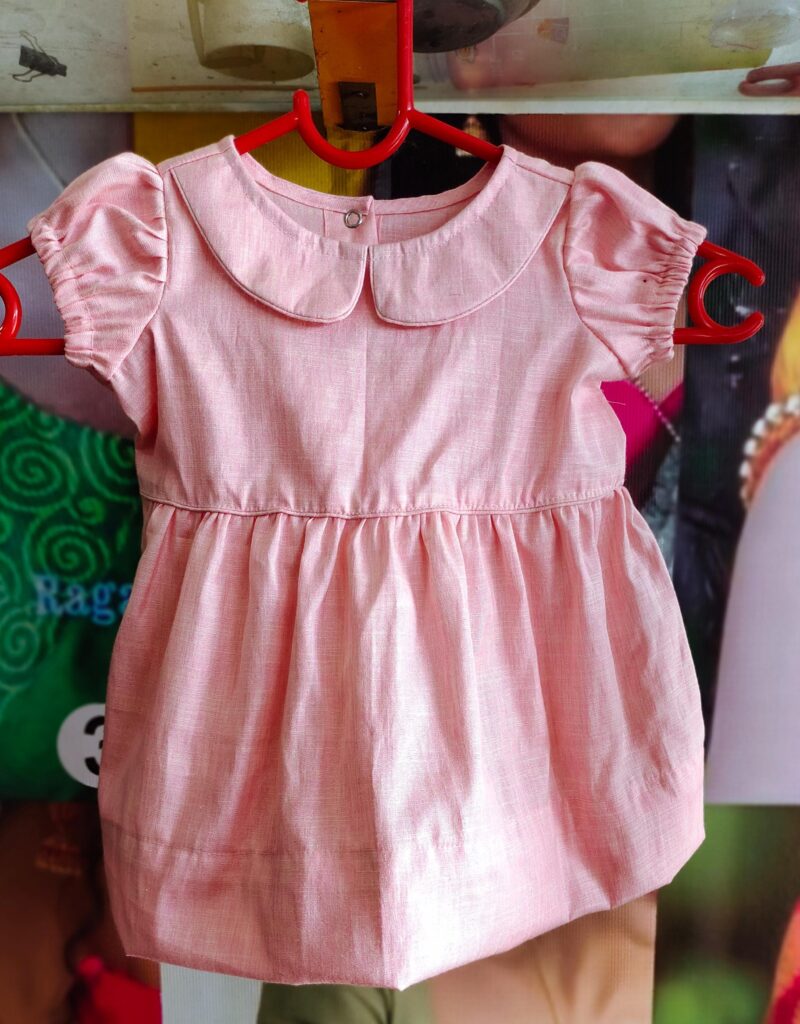
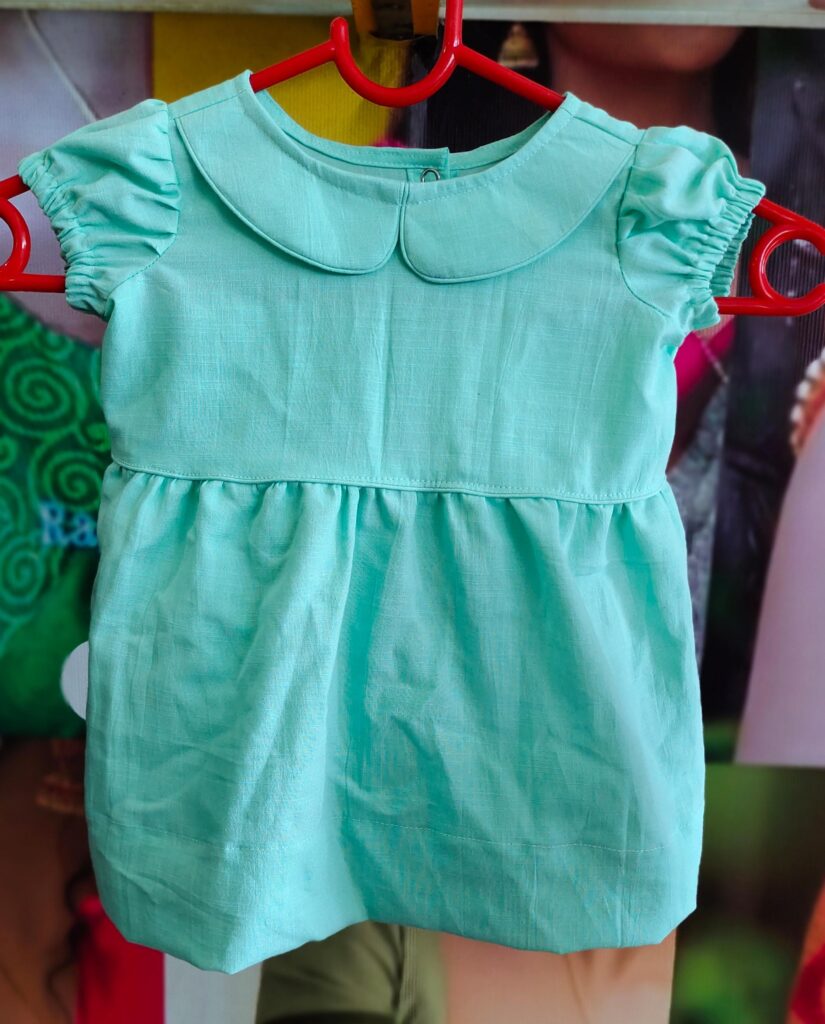
Children hold an irreplaceable and cherished place within our hearts, their mere presence uplifting our days with endless joy and a profound sense of fulfillment. Recognizing the paramount importance of ensuring our little ones feel not only exquisite but also radiate confidence, we go above and beyond in meticulously crafting their outfits to impeccably align with your specific desires and expectations. Each garment we create is a masterpiece of precision and artistry, meticulously assembled with a sincere dedication to detail that guarantees your child embodies a beauty that transcends mere appearance. Be it an enchanting dress for a significant event or a relaxed ensemble for everyday wear, our team of skilled artisans is tirelessly committed to curating attire that not only fits flawlessly but also resonates with the innate uniqueness and charisma of your beloved child. We invite you to make the transformative journey with us and witness firsthand how we skillfully translate your vision into reality, adorning your children with attire that not only dazzles the eye but also captures their essence and distinguishes their individuality with every lovingly sewn stitch. By choosing our services, you are embracing a partnership dedicated to illuminating the radiance of your little ones through garments meticulously fashioned to unveil their inherent splendor and make them feel enchantingly exceptional in every fabric-woven detail.
